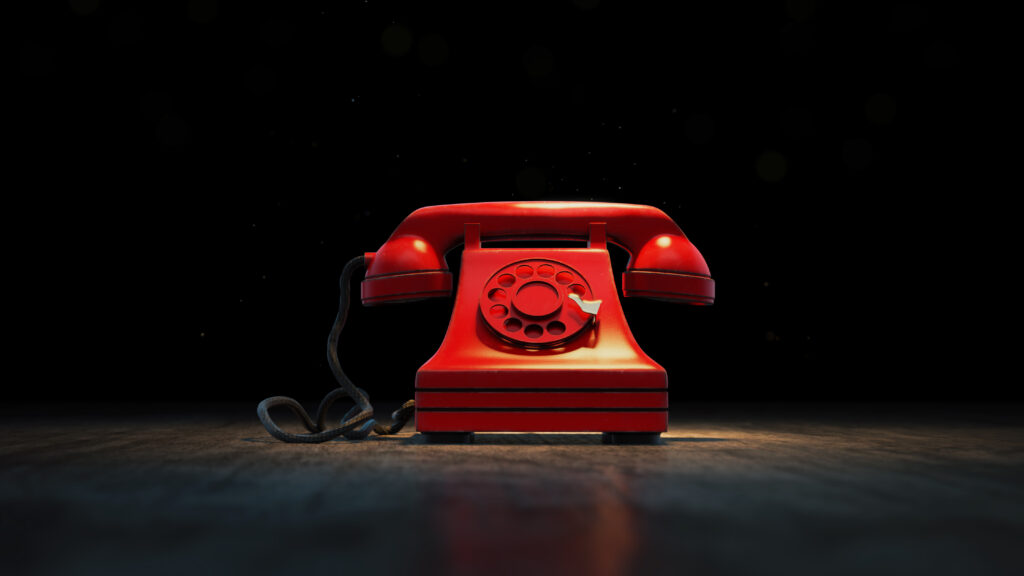It’s been a year since the U.S. launched its 988 national mental health hotline — and while the service is still dealing with logistical challenges, its biggest issue may be persuading more Americans to make use of it.
Only 33% of Americans are at least somewhat familiar with the number and the service it provides, according to a survey of more than 2,000 adults conducted by Ipsos and the National Alliance on Mental Illness (NAMI) conducted in June 2023. A larger percentage of Americans had at least heard of 988 (63%), but didn’t know much more about it. Still, this was an improvement compared with September 2022, when only 44% of Americans had heard about it at all.
An overwhelming majority of survey participants (more than 90%) said they have never contacted 988 for a mental health emergency on their own behalf or on behalf of someone else, and only 22% of all survey participants said they trust the service “a great deal.” By comparison, 43% said they have a “great deal” of trust in the 911 emergency number.
The survey also suggests some people may be hesitant to call 988 because they’re concerned about getting the police involved. An average of 60% of respondents said they were afraid that they or a loved one could be hurt by the police intervening in a mental health crisis. This is an even bigger fear among members of marginalized groups, concerning 78% of LGBTQ+ people, 77% of Black people, and 75% of Hispanic people, compared to 53% of white people.
“There’s a significant concern among Black adults around what a police response would look like and if an individual might be harmed,” said Hannah Wesolowski, NAMI’s chief advocacy officer. “I think that’s consistent with what we often see for the traumatic and tragic outcomes of a police response to a mental health crisis […] and we know that typically that has been the only response available in most communities from crisis to dispatch to call 911 and dispatch police,” she said.
The 988 mental health crisis line only deploys a mobile crisis unit in about 2% of cases, says Wesolowski, and even then, the intervention is led by mental health specialists. But potential callers may not be aware of that. A 2016 study estimated one in five fatal police encounters followed calls about an individual’s “disruptive behavior” directly due to mental illness or substance abuse.
Racial differences in perceptions of 988 also appeared in survey participants’ attitudes towards funding mental health services. In particular, Black people were almost twice as likely as white people to say that mental health services should be the highest priority for federal funding (42% vs. 23%), and more than twice as likely to say that federal funding for 988 should be the highest priority than white people (27% vs. 13%).
And yet Black people are about half as likely as white people to access mental health treatment. It’s been suggested that this discrepancy could be attributed to stigma in many Black communities around seeking help for mental health issues. Yet the NAMI survey’s findings challenge this narrative.
That’s in keeping with the perspective of organizations like the Collaborative for Community Wellness, a Chicago-based coalition of mental health professionals and community-based organizations that works to address the shortage of mental health resources among Black and Latino communities.
“What we found through our research, and just again through the work that we’ve done locally, is that the biggest barrier is actually access. It’s not actually stigma,” said Arturo Carillo, CCW’s director for health and violence prevention.
In fact, he says, in multiple CCW surveys, stigma ranked toward the bottom of reasons stopping people from getting care. The cost of treatment was the biggest challenge, alongside the lack of practitioners working in low-income areas.
“We see about an average of 4.5 therapists per 1,000 community residents in more affluent white neighborhoods, and in low-income communities of color, the ratio is closer to zero, which is 0.2 therapists per 1,000 community residents,” said Carillo.
The vast majority of mental health specialists are also white, and Black people and other people of color may struggle to find care from people who can understand their background, historical trauma, or cultural issues. “When we can’t provide that care, it becomes much more difficult for somebody to see the value and the potential impact of accessing that care,” said NAMI’s Wesolowski.
If you or someone you know may be considering suicide, contact the 988 Suicide & Crisis Lifeline: call or text 988 or chat 988lifeline.org. For TTY users: Use your preferred relay service or dial 711 then 988.


